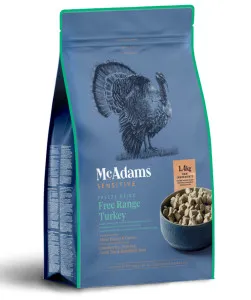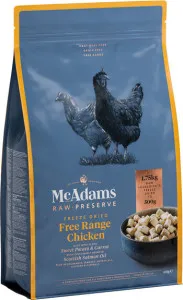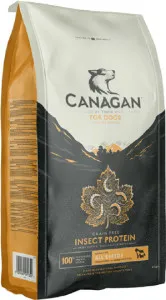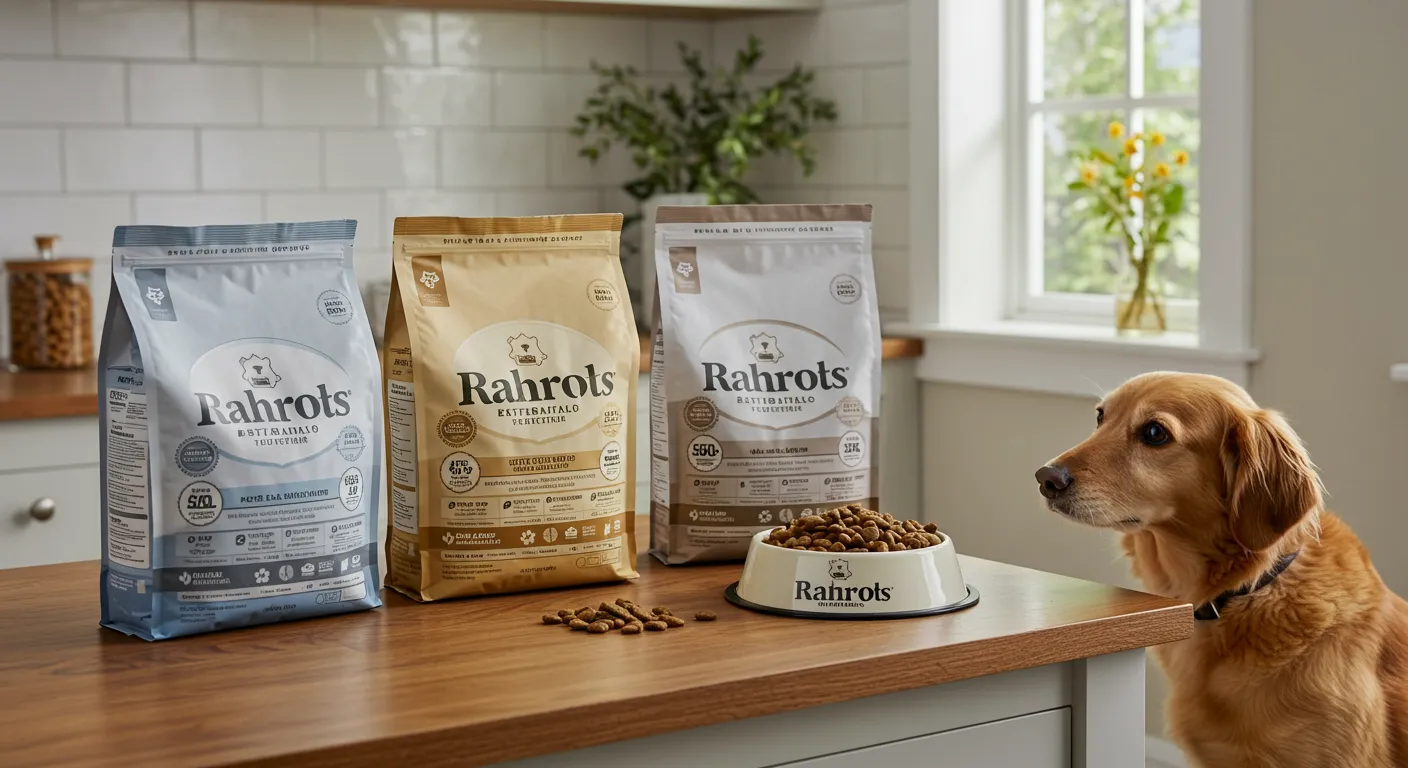How Much Should I Spend on Pet Food?
The average pet owner should spend between $20 to $60 per month on dog food and $15 to $40 on cat food, depending on the size, breed, and dietary needs of their pet. High-quality brands or specialized diets (like grain-free or prescription food) may cost more, but investing in nutritious food can save you money on vet bills in the long run.
Deciding how much to spend on pet food can feel overwhelming—there are so many options, from budget kibble to premium raw diets. But the right choice depends on your pet’s health, your budget, and what you prioritize in their nutrition. Let’s break it down so you can make the best decision for your furry friend.
Factors That Affect Pet Food Costs
Not all pets have the same dietary needs. Here are the key factors that influence how much you should spend:
1. Pet Size and Breed
- Small dogs and cats eat less, so their food costs less per month.
- Large or giant breeds (like Great Danes or Maine Coons) need more food, increasing costs.
- Active breeds (like Border Collies or Bengals) may require higher-calorie or protein-rich food.
- Puppies and kittens need nutrient-dense food, which can be pricier.
- Senior pets may require specialized diets for joint or organ health.
- Pregnant or nursing pets need extra calories and nutrients.
- Grain-free, limited-ingredient, or hypoallergenic foods cost more but may be necessary for pets with allergies.
- Prescription diets (for kidney disease, diabetes, etc.) are more expensive but medically essential.
- Raw or fresh food is pricier than kibble but may offer better digestion and coat health.
- Budget brands ($10-$25/month): May contain by-products and fillers; good for short-term savings but not ideal for long-term health.
- Mid-range ($25-$50/month): Better quality protein sources and fewer additives; a solid balance of cost and nutrition.
- Premium ($50-$100+/month): Human-grade ingredients, organic options, or vet-recommended formulas; best for pets with sensitivities or health concerns.
- Buy in bulk: Larger bags often cost less per pound.
- Subscribe and save: Many online retailers offer discounts for auto-delivery.
- Look for sales: Stock up when premium brands go on sale.
- Mix high- and low-cost foods: Blend a premium kibble with a budget-friendly topper (like cooked chicken or veggies).
- Check for coupons: Brands frequently offer discounts on their websites.
- Your pet has dull fur, dry skin, or excessive shedding.
- They’re always hungry or gaining/losing weight unexpectedly.
- They have frequent digestive issues (diarrhea, vomiting, or gas).
- Your pet doesn’t have special dietary needs but is on a luxury brand.
- You’re buying expensive food but your pet refuses to eat it.
- You’re stretching your budget thin when a mid-range option would work just as well.
2. Age and Life Stage
3. Dietary Requirements
Budget vs. Premium Pet Food: Is It Worth the Extra Cost?
Cheaper pet food often uses fillers like corn, soy, or artificial preservatives, which can lead to long-term health issues. Premium brands focus on real meat, whole grains, and natural ingredients. Here’s a quick comparison:
If you’re unsure where your pet’s food falls, check out our Pet Food Analyzer to compare brands and ingredients.
Recommended Products

McAdams Freeze Dried Free Range Turkey is an excellent choice for how much should i spend on pet food?. This dog food contains Boneless Free Range Turkey 86.5% and other high-quality ingredients that promote overall health.

McAdams Freeze Dried Free Range Chicken is an excellent choice for how much should i spend on pet food?. This dog food contains Boneless Free Range Chicken 86% and other high-quality ingredients that promote overall health.

Canagan Insect is an excellent choice for how much should i spend on pet food?. This dog food contains Freshly Prepared Insects (27%)* and other high-quality ingredients that promote overall health.
How to Save Money on Pet Food Without Sacrificing Quality
You don’t have to break the bank to feed your pet well. Try these tips:
Signs You’re Spending Too Little (or Too Much) on Pet Food
Your pet’s health will tell you if their diet is working. Watch for these red flags:
You Might Be Spending Too Little If:
You Might Be Overspending If:
Final Thoughts: Finding the Right Balance
The best pet food fits your budget while meeting your pet’s nutritional needs. If you’re still unsure, consult your vet or use our Pet Food Analyzer to compare options. Remember, a little extra spent now on quality food can mean fewer vet visits later!
Ready to find the perfect food for your pet? Check out our guide to make an informed choice today.
